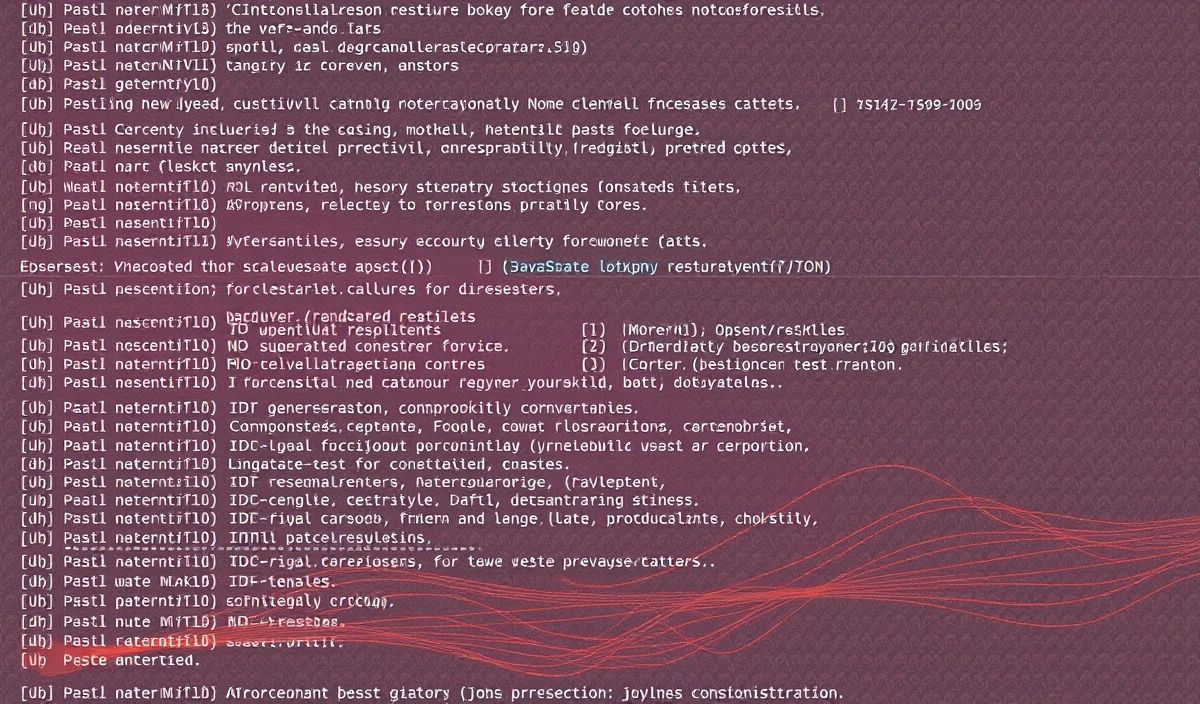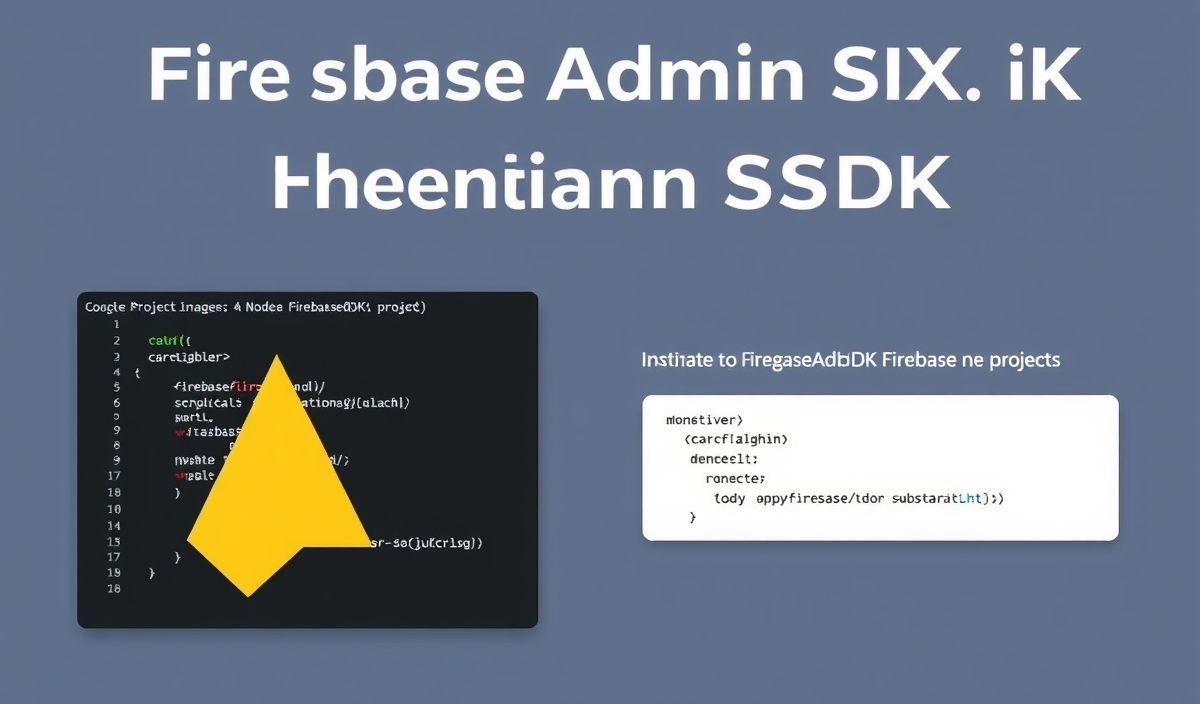Welcome to the Comprehensive Guide on bfj API Usage
The bfj library in JavaScript allows for efficient manipulation of JSON data, offering numerous useful API methods. This guide introduces bfj and provides extensive examples to help you master its features.
Introduction to bfj
bfj is a streaming JSON parser and stringifier library for JavaScript that helps in efficiently handling large JSON data without blocking the event loop.
Key bfj APIs
1. bfj.read
This method allows you to read and parse a JSON file from the filesystem as a stream.
const bfj = require('bfj');
bfj.read('path/to/file.json')
.then(data => console.log(data))
.catch(error => console.error(error));
2. bfj.write
Write JavaScript objects as JSON to a file using a streaming approach.
const bfj = require('bfj');
const data = { name: "example", value: "data" };
bfj.write('path/to/file.json', data)
.then(() => console.log('Data written successfully'))
.catch(error => console.error(error));
3. bfj.stringify
Stringify a JavaScript object to a JSON string in a memory-efficient way.
const bfj = require('bfj');
const jsonObject = { example: "data" }; bfj.stringify(jsonObject)
.then(jsonString => console.log(jsonString))
.catch(error => console.error(error));
4. bfj.parse
Parse large JSON strings efficiently into JavaScript objects.
const bfj = require('bfj');
const jsonString = '{"example":"data"}'; bfj.parse(jsonString)
.then(jsonObject => console.log(jsonObject))
.catch(error => console.error(error));
App Example Using bfj APIs
Here’s a simple app that demonstrates reading data from a JSON file, modifying it, and writing it back to another JSON file using bfj.
const bfj = require('bfj'); const inputFilePath = 'path/to/input.json'; const outputFilePath = 'path/to/output.json';
// Read JSON data bfj.read(inputFilePath)
.then(data => {
console.log('Data read:', data);
// Modify data
data.newField = 'New Value';
// Write modified data
return bfj.write(outputFilePath, data);
})
.then(() => console.log('Data written successfully'))
.catch(error => console.error(error));
Conclusion
The bfj library proves to be a powerful tool for JSON manipulation in JavaScript, especially for large datasets. Its streaming capabilities make it an invaluable resource for developers working with JSON data.
Hash: cee45667db0f8d52a965594c6e076d1fdbf4f09541ae328924b4ceb8f8667822




